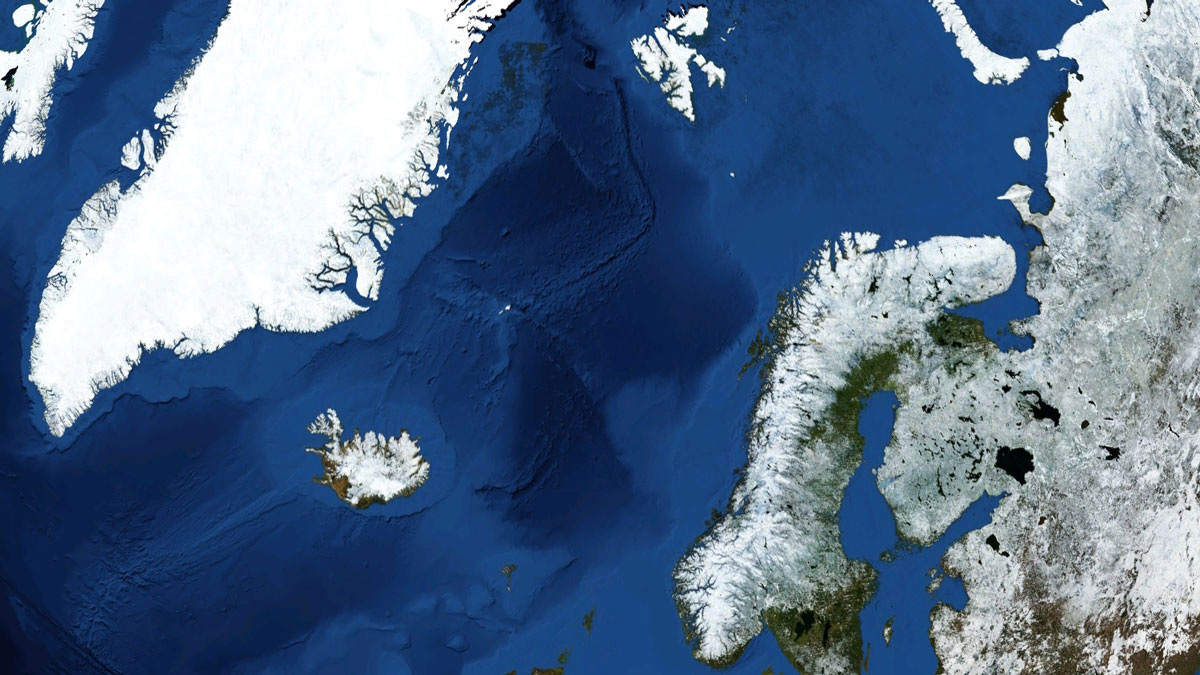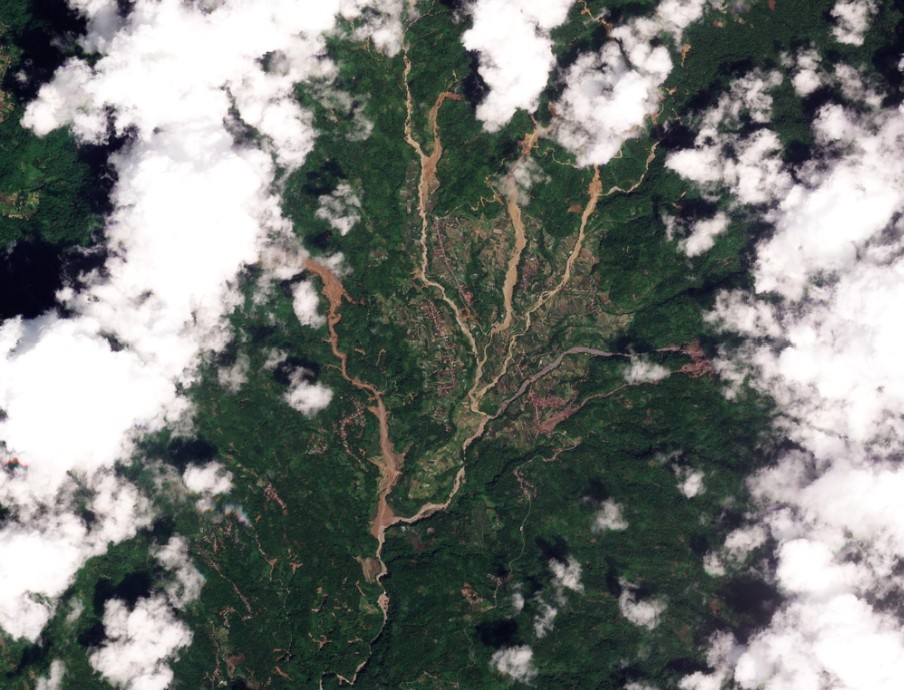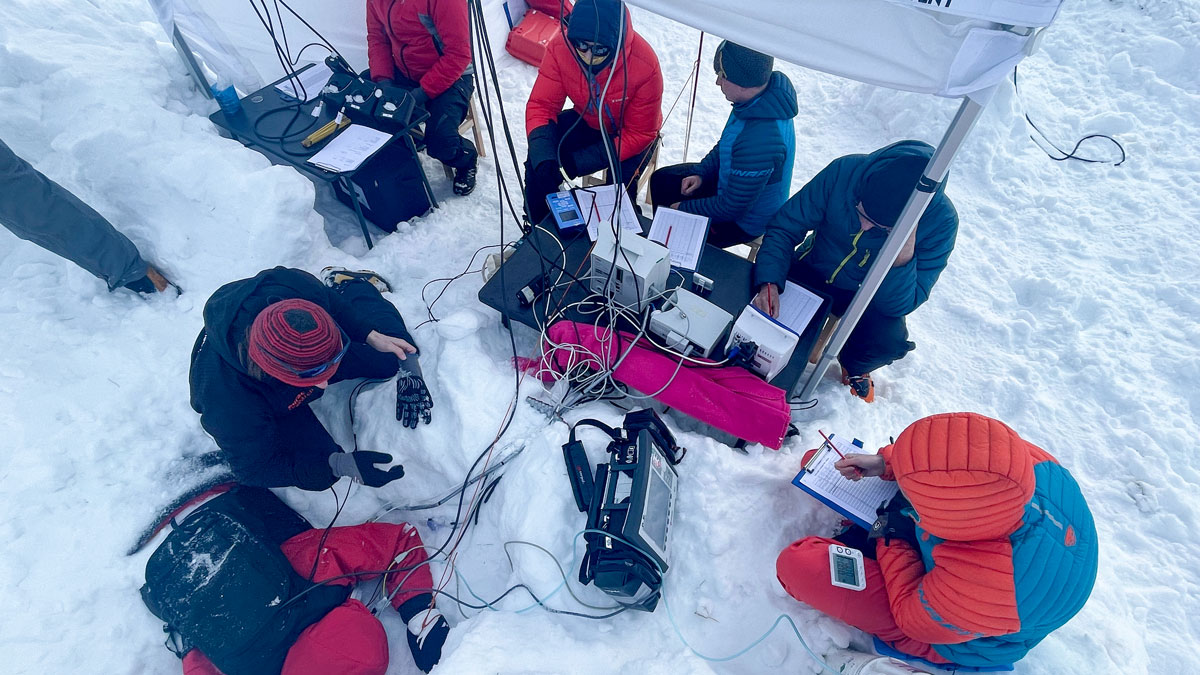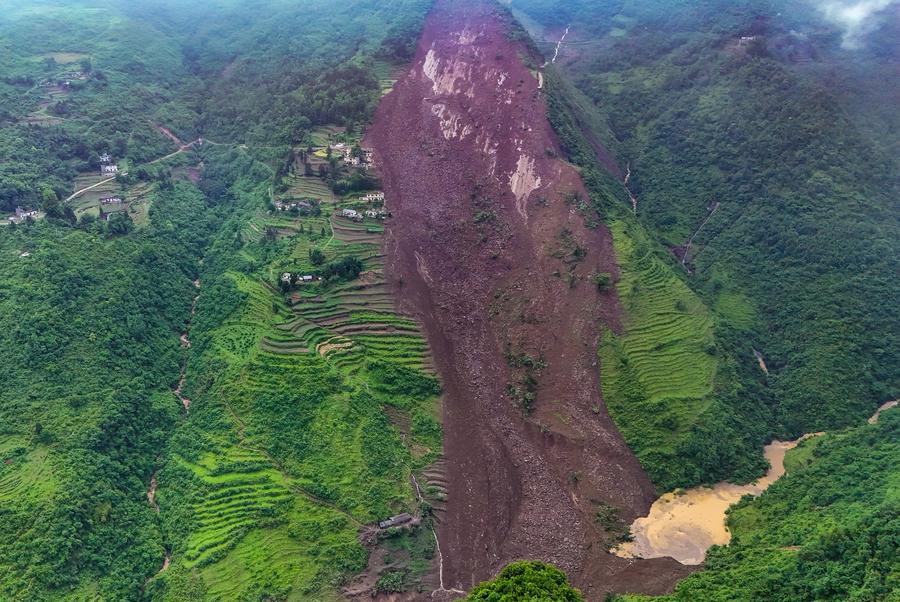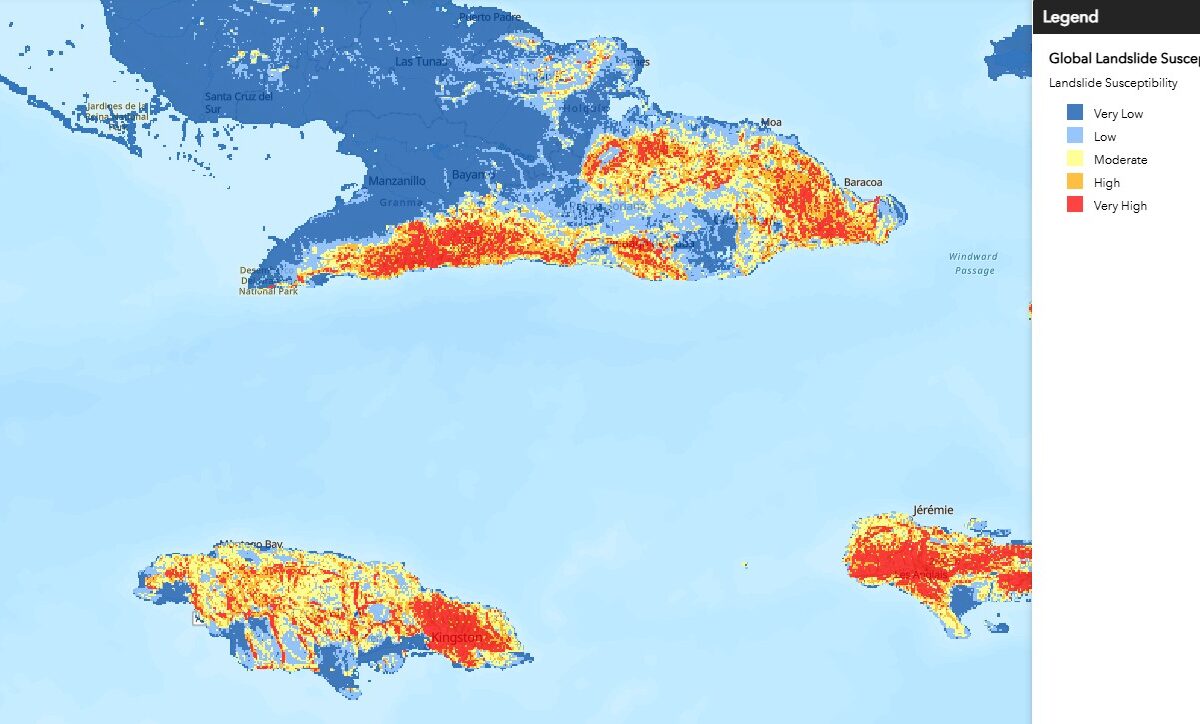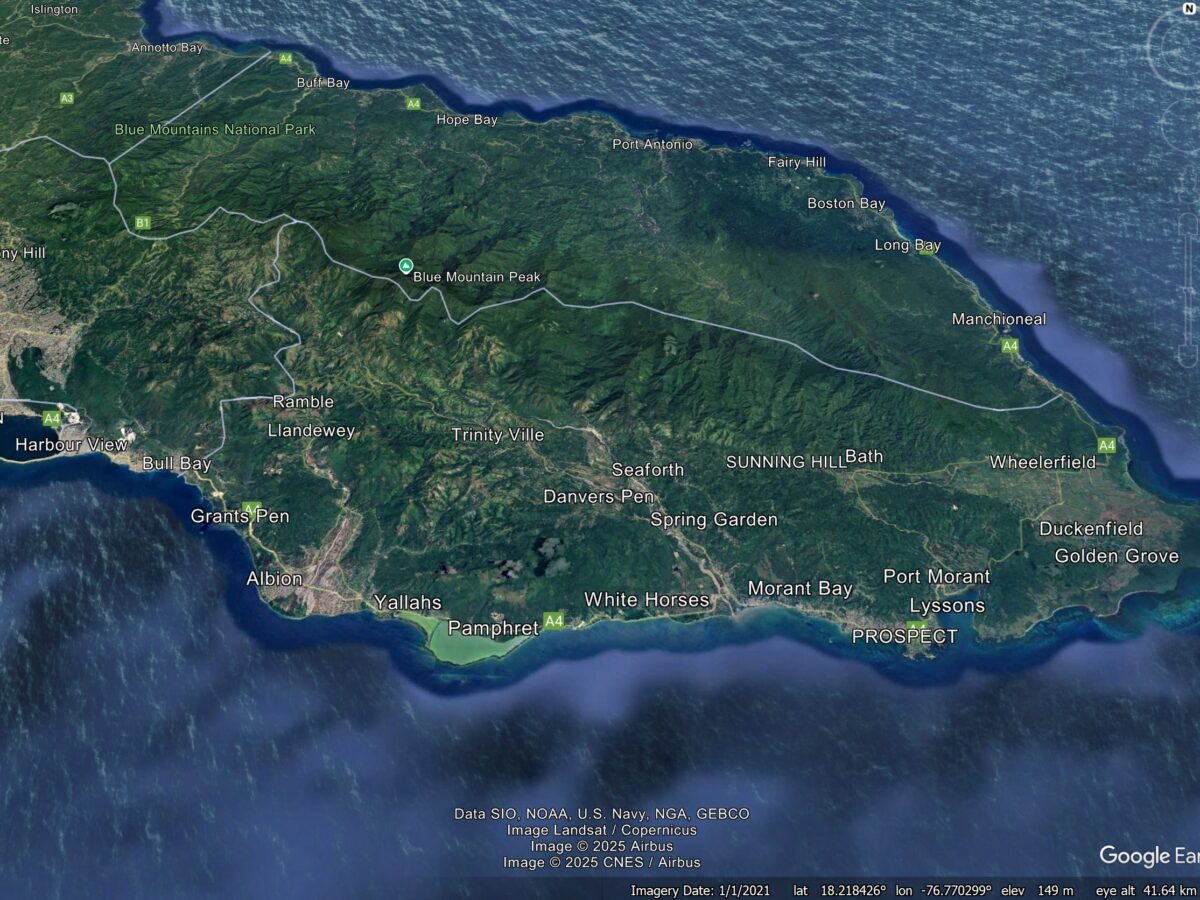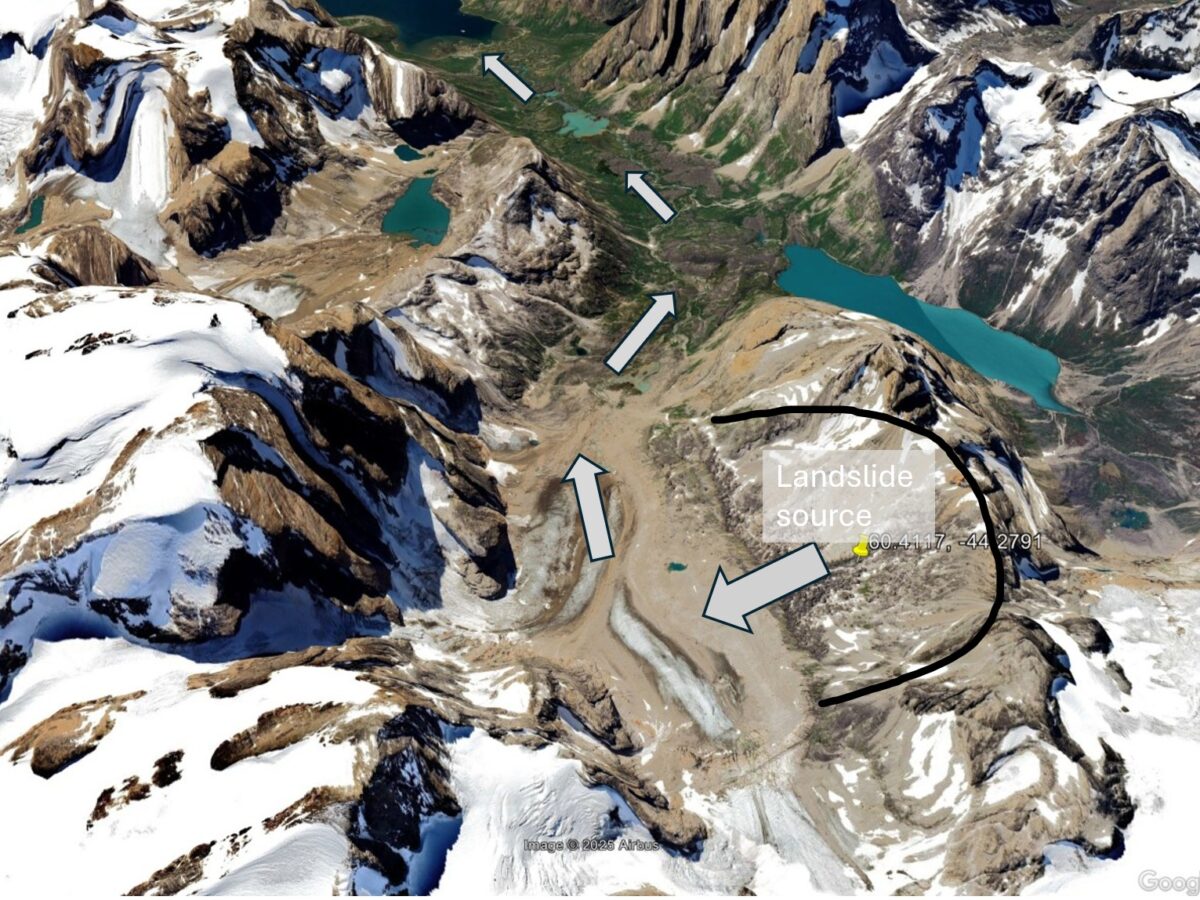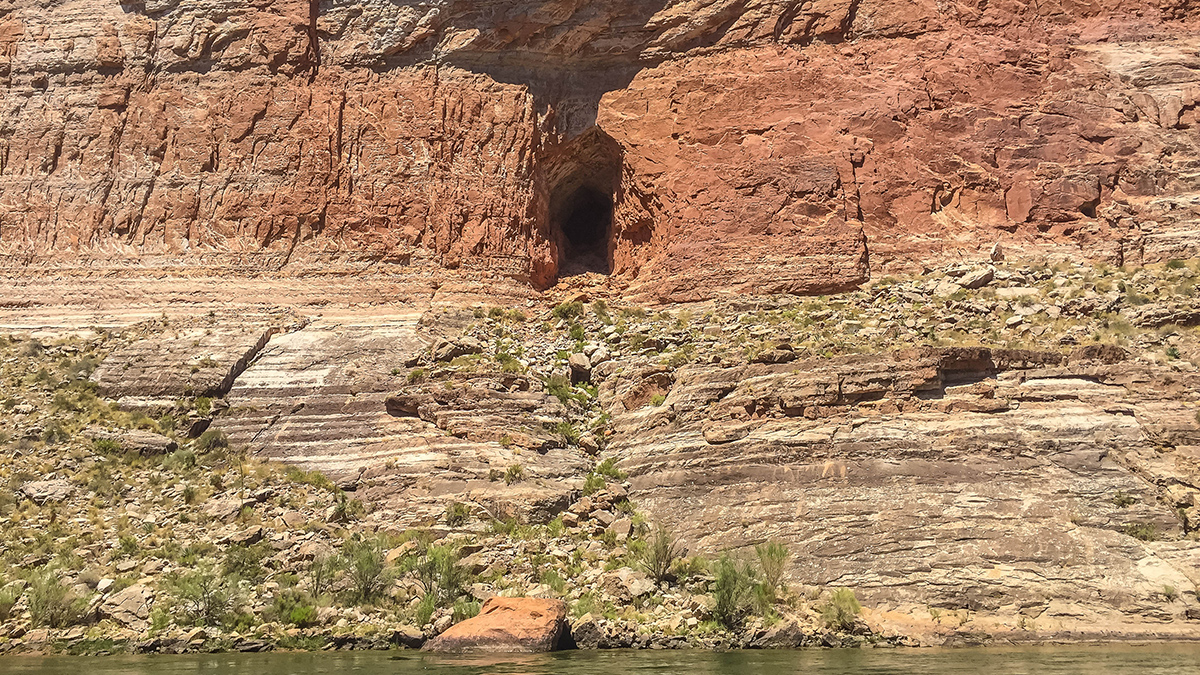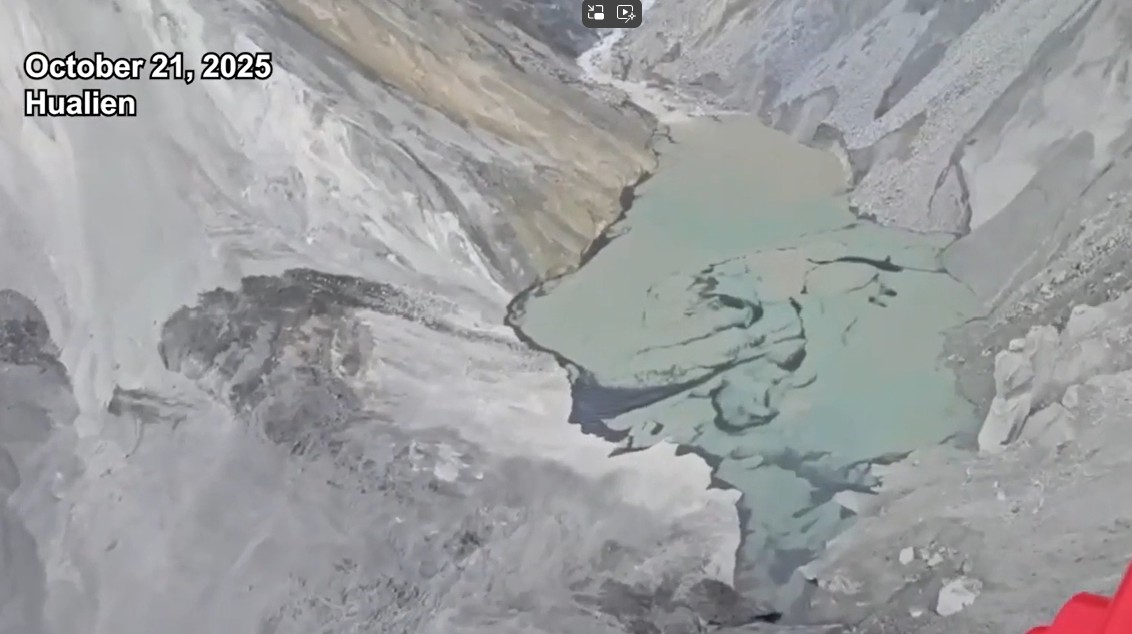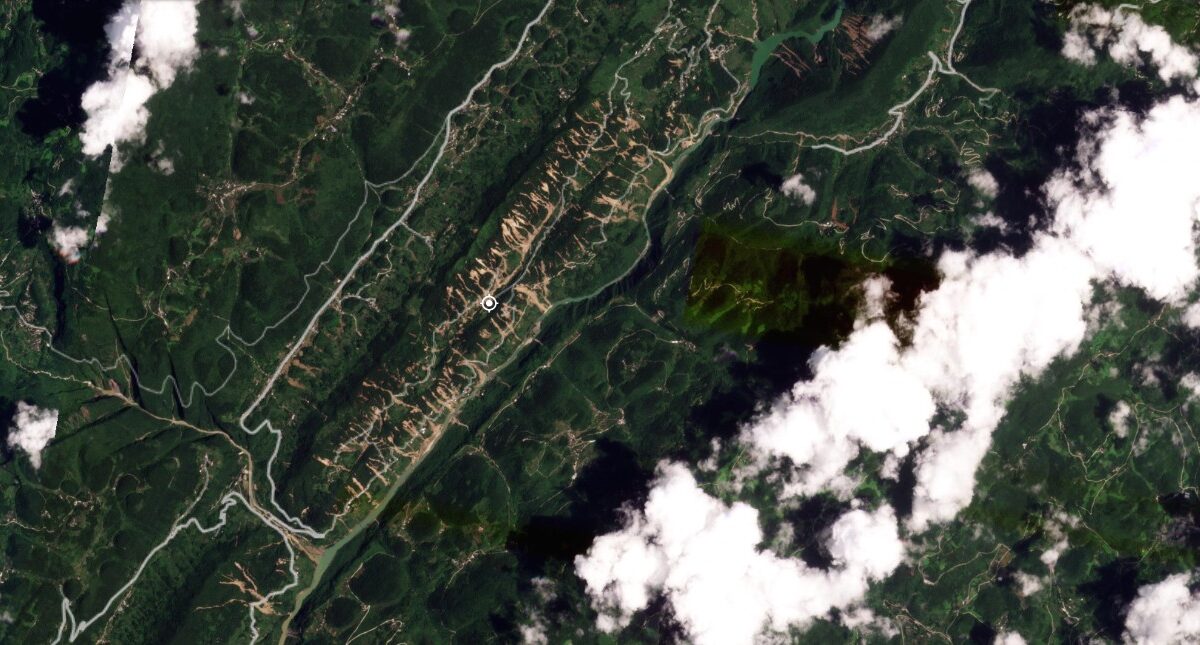Researchers have mapped the ancient Stad Slide off the coast of Norway to better understand what triggered it, and the hunt is on for the tsunami it might have unleashed.
landslides
The terrible landslide destruction at Malalak, Agam regency, West Sumatra province, Indonesia
The Landslide Blog is written by Dave Petley, who is widely recognized as a world leader in the study and management of landslides. In the last few days on November 2025, Cyclone Senyar brought torrential rainfall to parts of Indonesia, and in particular to Sumatra. At the time or writing, at least 1,022 people are […]
Safety Device Supplies Life-Saving Air in an Avalanche
An Alpine medical team buried 24 volunteers in a mountain pass. Their study confirmed the efficacy of the Safeback SBX, which uses snow’s natural porosity to supply air to buried avalanche victims.
The 22 May 2025 Qingyang landslide in Guizhou Province, China
A c1.4 million cubic metre landslide, triggered by intense rainfall, killed 19 people. On 22 May 2025, the large Qingyang landslide occurred in Dafang County, Guizhou Province, China. This landslide was widely reported to have “trapped” 19 people. In a paper in the journal Landslides, Wen et al. (2025) provide an initial but very helpful […]
Some useful tools for monitoring the evolution and behaviour of Hurricane Melissa
Various online datasets will allow a detailed understanding of Hurricane Melissa as it impacts Jamaica and then Cuba Hurricane Melissa is now making headlines around the world in anticipation of its landfall today. As always with tropical cyclones, the picture is evolving continuously as the storm evolves. Their behaviour is highly complex. I thought I’d […]
Anticipating the impact of Hurricane Melissa in Jamaica
Hurricane Melissa is bearing down on Jamaica, with many areas likely to see over 500 mm of rainfall. The impacts could be extremely significant. Hurricane Melissa has strengthened substantially over the weekend, and is now on course to track across Jamaica in the next couple of days. Various media agencies have identified the threats that […]
The giant Tupaasat rock avalanche in South Greenland
A new paper describes a rock avalanche in Greenland about 10,900 years BP that had a volume of over 1 billion cubic metres and that travelled almost 16 kilometres. A fascinating paper (Pedersen et al. 2026) has just been published in the journal Geomorphology that describes a newly-discovered ancient rock avalanche in Greenland. This landslide, […]
An Asteroid Impact May Have Led to Flooding near the Grand Canyon
There’s remarkable synchronicity between the timing of a paleolake in what is today Grand Canyon National Park and the formation of nearby Barringer Meteorite Crater.
Another landslide dam flood at the site of the Matai’an rock avalanche in Taiwan
Failure of the landslide debris from the Matai’an rock avalanche allowed another barrier lake to form. This breached on 21 October 2025, generating another damaging debris flow. Newspapers in Taiwan are reporting that a new landslide barrier lake formed and then failed at the site of the giant Matai’an rock avalanche. The breach event apparently […]
The 12 July 2024 landslide cluster in Pengshui County, Chongqing, China
About 140 mm triggered 143 landslides in an area of about 10 km2, killing two people. Loyal readers will have noticed that I’m fascinated by dense clusters of landslides triggered by intense rainfall (or earthquakes). Over the years, I have written about these on multiple occasions, but increasing numbers are being described in the literature. […]

